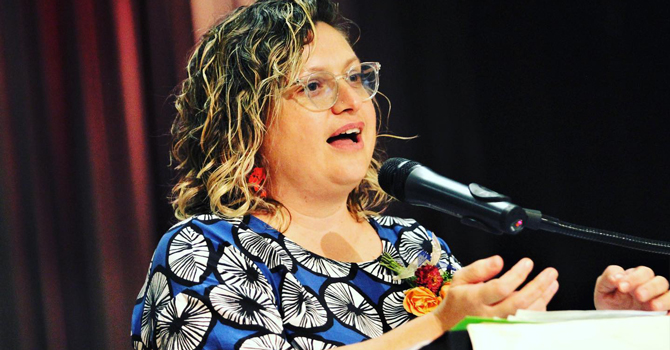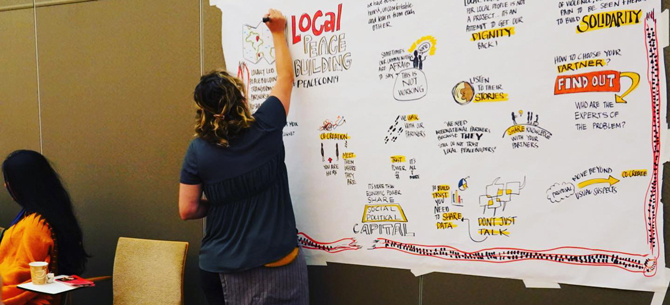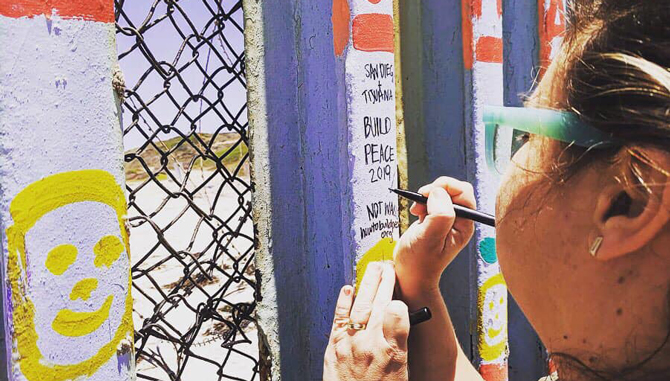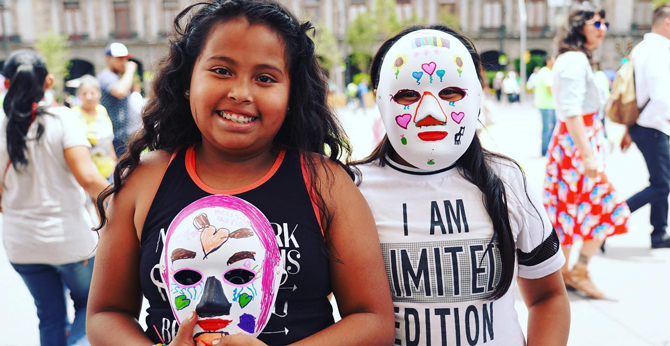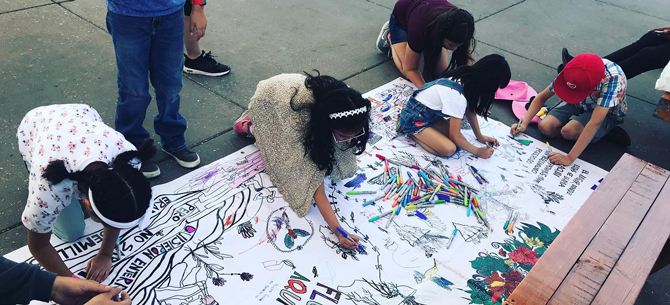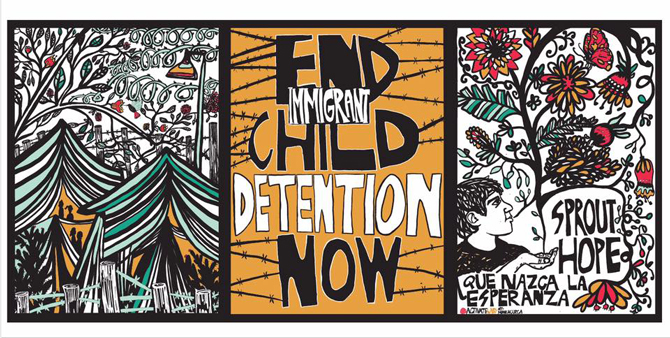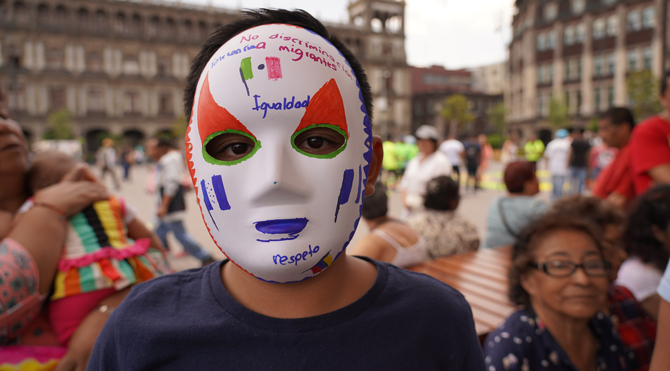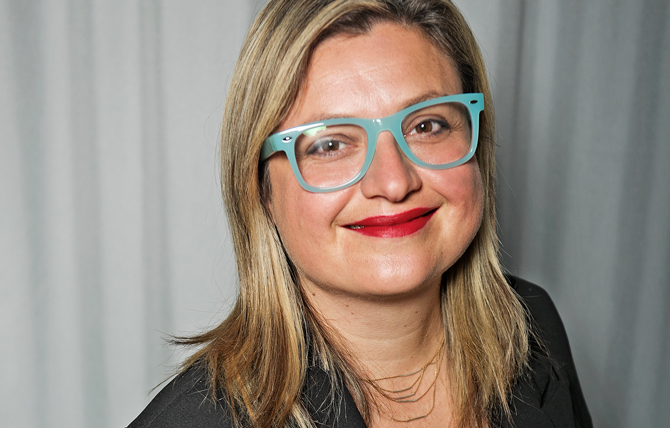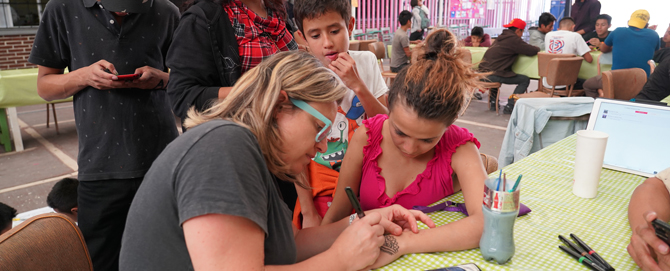The Ha’aretz newspaper published a column by Matthew Kalman on September 15 titled “Will seeds of peace ever bloom.” The piece is very similar to a 2008 San Francisco Chronicle article by Kalman that also juxtaposes statistics from an unpublished 2008 study on various Israeli-Palestinian peacebuilding programs with an interview with a Seed.
This is Seeds of Peace’s response to the article. There has been no response from Ha’aretz or Kalman.
Dear Matthew,
I very much appreciate that, like your similar 2008 Chronicle article, you interviewed a Seed. The arguments against the effectiveness of Seeds of Peace’s work, statistical or otherwise, stands out in contrast to the experiences Nitsan and Hiba [the Seeds] relate.
So why the disconnect?
The 2008 Pal Vision survey results, referenced in the 2008 Palestine-Israel Journal and your 2008 article, do not track with any independent studies of Seeds of Peace participants. For example, independent surveys of Seeds indicate that over 70 percent stay in touch through their high school years; Pal Vision reported a drastically lower 9 percent (not that staying in touch is necessarily an indicator of a program’s success).
Because the Pal Vision study was never published, and because we as an organization were not involved with it in any capacity, we have no way of knowing if Seeds were included in the survey. Nor do we have a way of directly addressing the disparities between our figures and Pal Vision’s.
What is clear from the Pal Vision survey is that the vast majority of those surveyed were not Seeds of Peace participants. (In fact, it’s not clear if any Seeds were surveyed.) Pal Vision reported that only 7 percent of those surveyed reported any follow-up to the initial experience.
If Seeds were included in the survey, they would likely make up the entirety of that 7 percent, since nearly all (if not all) Seeds would have reported follow-up activities. That is because we realized very early on in our existence that an initial encounter is not enough, and adapted our model accordingly. Since the mid-1990s, our approach has been to run programs year-round in participants’ home countries, with extremely high participation rates.
I am therefore disappointed to see us grouped with programs whose failed models only provide an initial encounter experience. This ignores the very hard work of our staff who run offices and programs year round in Gaza, Ramallah, Jerusalem, and Tel Aviv, and the validation of their work by University of Chicago researchers. How can anyone compare the effectiveness of a program that brings together Israeli and Palestinian youth for a brief sports match with a program like ours that brings them together for weeks of intense dialogue, and then runs continuous programs for them when they return home?
Speaking of our offices, we closed the Seeds of Peace Center in Jerusalem in late 2006, after the Second Intifada. But we immediately opened offices in Ramallah and Tel Aviv. The reason for the move was entirely due to an interruption in Seeds of Peace’s ability to secure permits for Palestinian Seeds to enter Jerusalem or Israel to meet with their peers for post-Camp programs. (We ran separate programs for Seeds during that time.)
The permit interruption was temporary, and by early 2007 we were again running joint programs, and have been since. At no point was Seeds of Peace’s camper selection process impacted, and we have for the last 22 years hosted a full Palestinian Delegation in Maine.
Finally, the notion that Seeds of Peace Camp staff refuse political expression or activism on the part of participants is unfounded. We go out of our way to select politically-active and aware campers, and encourage them to take action, to become activists. We are exceedingly proud of those many who do become activists; I’d be happy to introduce you to them. And as you reference in the piece, we also provide each camper with daily 110-minute dialogue sessions which are full of political engagement.
Should you in the future wish to write about Seeds of Peace, I’d love to have a chance to point out what we perceive to be inaccuracies for you to consider investigating and correcting. And again, I’d be happy to put you in touch with our staff in Jerusalem, Tel Aviv, and Ramallah, as well any number of Israeli and Palestinian Seeds who are leaders in their communities, for a fuller picture of our program’s impact.
Best,
Eric Kapenga
Communications Director | Seeds of Peace



